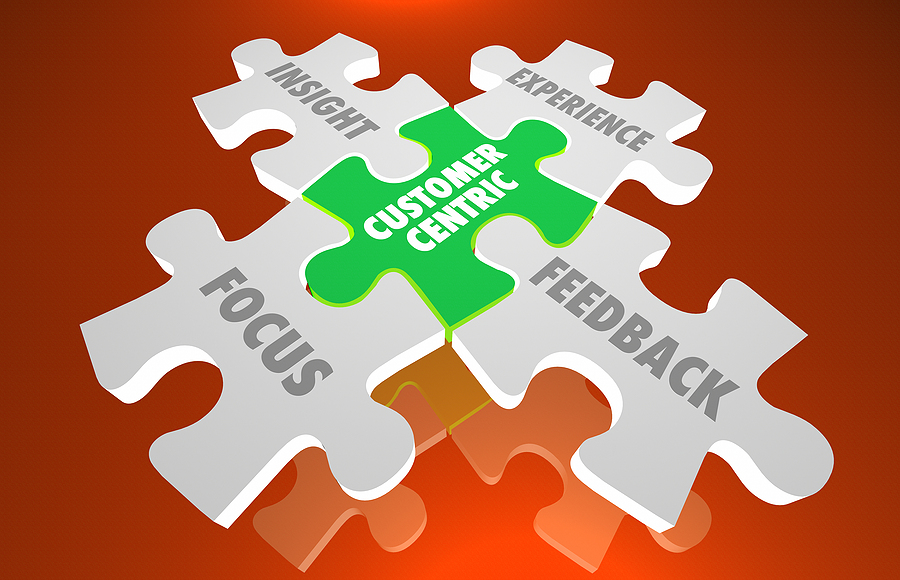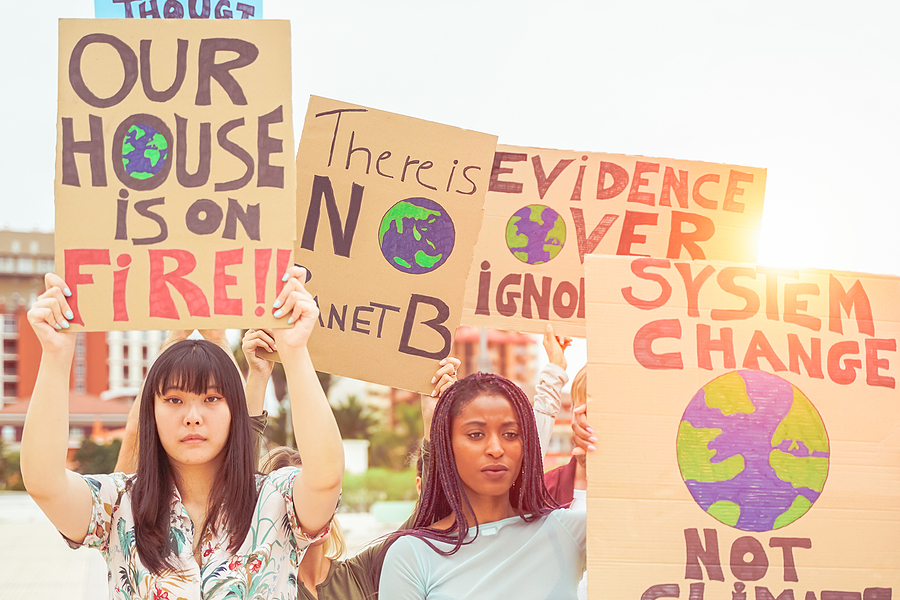
Credibility and Partnerships Lead Marketing Success
June 3rd, 2021 Posted by Emergent Agency Services, brand advocacy, Brand trust, change, CMO, Consumer insight, Content Marketing, Digital disruption, Earned media, Influencers, Partnerships, Programmatic, Retargeting, Social media, Social proof, Transparency 0 comments on “Credibility and Partnerships Lead Marketing Success”Decline of digital advertising reflects consumer trust implosion
If there’s one true north to guide marketing best practices in the era of consumer control, it is this: never lose sight of the human being you wish to court and retain as a user. According to global market research firm Ipsos, 69 percent of consumers no longer trust advertising, especially digital forms. Why has digital advertising fallen so hard and fast? A combination of algorithm driven pummeling that makes the entire experience annoying, followed by the rise of ad blindness (your ad is scenery and nothing more) and blockers, amplified by general decline of brand trust as consumers instead seek out verifiable and credible independent sources for guidance on which products to buy.
What lies at the base of conventional ad solutions is the absence of any real relationship- creating mechanism. So we ask the defining question – does acquiring awareness constitute the driver of a reliable, meaningful consumer-to-brand relationship? The answer is a resounding NO. Buying perceived digital engagement is a false promise. There are better and more effective ways to build business. Hold on while we take you to a new way of thinking, planning and operating.
We have entered a new era in marketing powered by earning authentic relationships with consumers built on trust. This new paradigm is fueled through creating authentic, personal, helpful, useful, valuable content. In this article we will reveal the formula for real connection, real relationships that deliver growth and retention of highly engaged brand fans and ambassadors.
First, we will explain how a digital ad frenzy led to rapid expansion of online ad spending, now tracking a downward spiral as consumers run as fast as they can away from it.
Digital ad magic and stars in marketers’ eyes
Perhaps the most impressive point about the emergence of digital advertising was the newfound ability to measure clicks to assess engagement outcomes. Followed closely by the deployment of cookies to track online behaviors and thus work to tie impressions to conversions.
For the gardening products brand, instead of buying 100 million impressions from Home and Garden that may include consumers who don’t have any affinity for gardening, you could intentionally focus on buying 100 million impressions aimed at avid horticulture fans. Sounds enticing and so we’re off to the digital races.
New types of intrusion emerge
The arrival of programmatic tech to unleash algorithm-sourced buying brought automation to precision audience and behavioral targeting. Retargeting permitted advertisers to follow consumers around the Internet like a persistent stalker. In the midst of this evolution cost declines led to a rapid fire, constant drumbeat of repetitive ad interruptions. Now you see me and now you see me again, and over here, and there and everywhere. Don’t you love me? Nope, sorry.
People live their lives online to acquire three things: information, entertainment and social connection. E-commerce serves alongside to digitize transactions and satisfy the ultra-convenience opportunity of armchair consumption. That said no one wants to be bombarded constantly with disruptive ads and popups.
Apple nails the consumer sentiment towards tracking and disruption!
Consumer-led backlash follows rapid rise of social proof
According to eMarketer, consumer trust in digital ads has dropped to 38 percent. A Hubspot analysis reveals that only 7 percent of consumers say they intentionally click on a digital ad while 34 percent say any click on a banner ad was a mistake.
The antidote to digital disruption and interruption is the emergence of user-generated testimonial content – said another way, users who help users with first-hand reports of experiences and assessments of products and services. Alongside this development is the expansion of category experts, subject matter professionals and influential tastemakers who are speaking on behalf of brands in a more authentic and humanized voice.
Independent social proof is respected by consumers for the very reason they trust the voices of peers before they will believe the assertions and claims of digital ads and brand self-promotion. Social channels can be an amazing, powerful, effective resource for advocacy and ambassadorship when managed with an eye towards encouraging user sharing.
Too often these days social is deployed as another broadcast channel for product promotion rather than cultivating a community of like-minded people who share their own experiences and outcomes. Social can be a far more credible and believable mechanism to validate what you want consumers to trust and understand about your products. You just have to be intentional in how that channel resource is developed.
The new marketing eco-system built on trust
There are four key pillars to successful marketing outcomes at a time when attempting to buy awareness through conventional ad platforms is falling away. They include:
- Marketing partnerships: B-to-B colabs, media-driven content alliances and influencers
- Social channel refinement: engaging passionate advocates as UGC ambassadors
- Earned media: PR-driven outreach through editorial media channels
- Branded content creation: built on an education-centric model, not a promotional one.
Partnerships fuel brand growth
- Partnerships with aligned brands work because they add value to the consumer experience and make intuitive sense. When Quantas Airlines and Airbnb team up to “Fly there. Live there.” they combine assets that create a seamless traveler experience. Similarly Spotify aligns with Ticketmaster to amplify the fan experience from digital music to live performances with click-thru simplicity. These combinations work because they are complementary, sensible and add user value.
- Right now the triopoly of Facebook, Google and Amazon together control 90 percent of digital advertising inside their walled gardens. As a result premium media channels are cultivating and expanding their content partnership opportunities with brands to build podcasts, newsletters, videos and other tools. These colabs allow brands to gain access to their audiences and tell stories with the imprimatur of the media brand alongside yours.
- Influencers are a valuable resource of endorsement from citizen category experts who bring their audiences to the table for colabs and reviews. Fabletics activewear brand partners with lifestyle influencer Marla Catherine. The brand accesses her 1.6 million subscriber YoutTube channel to connect fitness fashion endorsements to their online shop platform. A win and a win.
There are rules here with respect to vetting influencers that make strategic sense and align with your brand – all based on building trust and relevant connections with consumers.
Social channel strategy
Brands should encourage user sharing of content and experiences. Developing an ambassador program that links back to periodic content creation helps ensure a flow of useful, credible posts that tell the brand story through the eyes of enthusiastic believers. Amplify this with category expert voices and content that offers guidance, coaching and instruction. Yes, there’s room for your BOGO promo but that should not be the leading voice in your social channel calendar.
Earned media
Editorial coverage of your brand takes advantage of the consumer’s belief that editorial media is an unbiased third-party channel that reports more than advocates. HBO satirist John Oliver recently took TV chat show and news programs to task for fake editorial segments that were paid for and passed along scurrilous information to viewers about unreliable products. Frankly, this pollution of church and state type separation between ad and editorial isn’t good for anyone.
Branded content creation
The voice of your brand should be founded on a relationship-building platform that emphasizes coaching, guidance and enablement that’s relevant to the consumer’s lifestyle journey. YETI coolers does this beautifully with outdoor adventure videos that mirror the lifestyle interests of their core users via compelling, authentic even cinematic storytelling. If you are a food brand and can help users with exploration and creativity in the kitchen, you have a useful voice in their lives. This is how relationships are built – through help over hype.
Trust is the anchor
In a world devoid of trust, consumers want to connect with sources of information and guidance that puts their best interests first, is centered around credible voices (their own) and provides value that enhances their experiences. If you devote energy and attention to cultivating this trust forward marketing eco-system, you will be on the path to authentic, sustainable relationship creation. The outcome is reliable engagement, connection and importantly, sustainable business growth.
So stop chasing eyeballs and start winning hearts!
If this post inspires you to consider fresh thinking on creating more effective marketing outreach, use this link to start an informal conversation with us.
Looking for more food for thought? Subscribe to the Emerging Trends Report.
Bob Wheatley is the CEO of Chicago-based Emergent, The Healthy Living Agency. Traditional brand marketing often sidesteps more human qualities that can help consumers form an emotional bond. Yet brands yearn for authentic engagement, trust and a lasting relationship with their customers. Emergent helps brands erase ineffective self-promotion and replace it with clarity, honesty and deeper meaning in their customer relationships and communication. For more information, contact [email protected] and follow on Twitter @BobWheatley.




